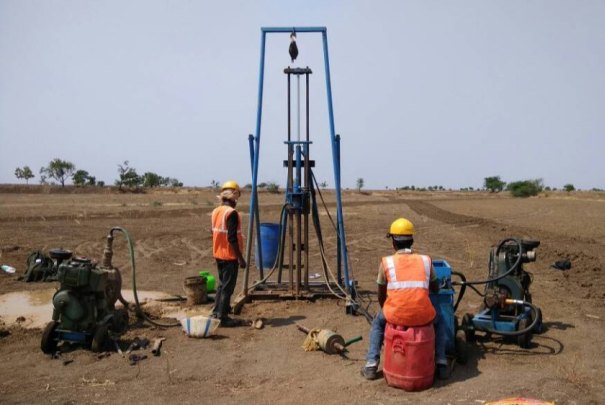Inteldevconference
Intel HPC Software WorkshopUncovering the Secrets of Dam Construction: The Importance of Geotechnical Investigation
Wednesday , 10, April 2024 Business and Management Comments Off on Uncovering the Secrets of Dam Construction: The Importance of Geotechnical InvestigationImage Source: Google
Dams are critical infrastructures that provide various benefits such as water supply, hydroelectric power generation, flood control, and recreation. These massive structures are designed to withstand enormous amounts of pressure and water load, making geotechnical investigation a crucial aspect of dam construction. By uncovering the secrets of dam geotechnical investigation process, engineers can ensure the safety, stability, and longevity of dams.
The Role of Geotechnical Investigation in Dam Construction
Geotechnical investigation is a process that involves studying the subsurface conditions of a site where a dam will be constructed. This investigation helps engineers understand the soil and rock formations, groundwater levels, seismic activity, and other geological factors that can impact the design and construction of the dam. Here are some key aspects of geotechnical investigation in dam construction:
Site Characterization
- Identifying soil and rock types
- Mapping geological formations
- Evaluating groundwater levels
- Assessing seismic hazards
Foundation Design
- Determining bearing capacity of soil
- Assessing slope stability
- Designing foundation support systems
Construction Planning
- Developing excavation and fill plans
- Establishing construction methods
- Implementing monitoring systems
Challenges in Geotechnical Investigation for Dam Construction
While geotechnical investigation plays a crucial role in ensuring the safety and stability of dams, there are several challenges that engineers face in this process. Some of the common challenges include:
Complex Geology
- Dams are often built in regions with complex geological conditions, such as fault lines, rock formations, and varying soil types. Understanding these complexities is essential for designing a dam that can withstand the environmental pressures.
Seismic Risks
- Regions prone to earthquakes present additional challenges for dam construction. Geotechnical investigation must consider the seismic risks and design the dam to withstand potential ground shaking and liquefaction.
Water Saturation
- Water saturation of soil can weaken the stability of a dam's foundation. Geotechnical investigation helps in assessing the water content of the soil and designing appropriate drainage systems to prevent saturation-related issues.
Techniques Used in Geotechnical Investigation
To overcome the challenges in geotechnical investigation for dam construction, engineers use various techniques and methods to gather accurate data and insights about the subsurface conditions. Some of the commonly used techniques include:
Drilling
- Core drilling to extract soil samples
- Rotary drilling to assess rock formations
- Percussion drilling for shallow depth exploration
Seismic Testing
- Seismic refraction to map subsurface layers
- Seismic reflection to identify rock structures
- Seismic tomography for 3D imaging of the subsurface
Geophysical Survey
- Electrical resistivity to detect groundwater levels
- Ground-penetrating radar for imaging subsurface features
- Magnetometer surveys to identify buried objects
Benefits of Geotechnical Investigation in Dam Construction
The importance of geotechnical investigation in dam construction cannot be overstated, as it provides numerous benefits that contribute to the overall success of the project. Some of the key benefits include:
Enhanced Safety
- Understanding the subsurface conditions helps in designing a dam that can withstand various environmental pressures, ensuring the safety of people and properties downstream.
Optimized Design
- Accurate data from geotechnical investigation allows engineers to optimize the design of the dam, considering factors such as foundation support, slope stability, and seismic resilience.
Cost Savings
- By identifying potential challenges early in the project, geotechnical investigation helps in avoiding costly design changes and construction delays, ultimately saving time and money.
Conclusion
Geotechnical investigation is a crucial step in the construction of dams, providing engineers with essential information about the subsurface conditions that can impact the safety, stability, and longevity of the structure. By uncovering the secrets of geotechnical investigation and using advanced techniques to gather accurate data, engineers can design and build dams that meet the highest standards of safety and performance.
